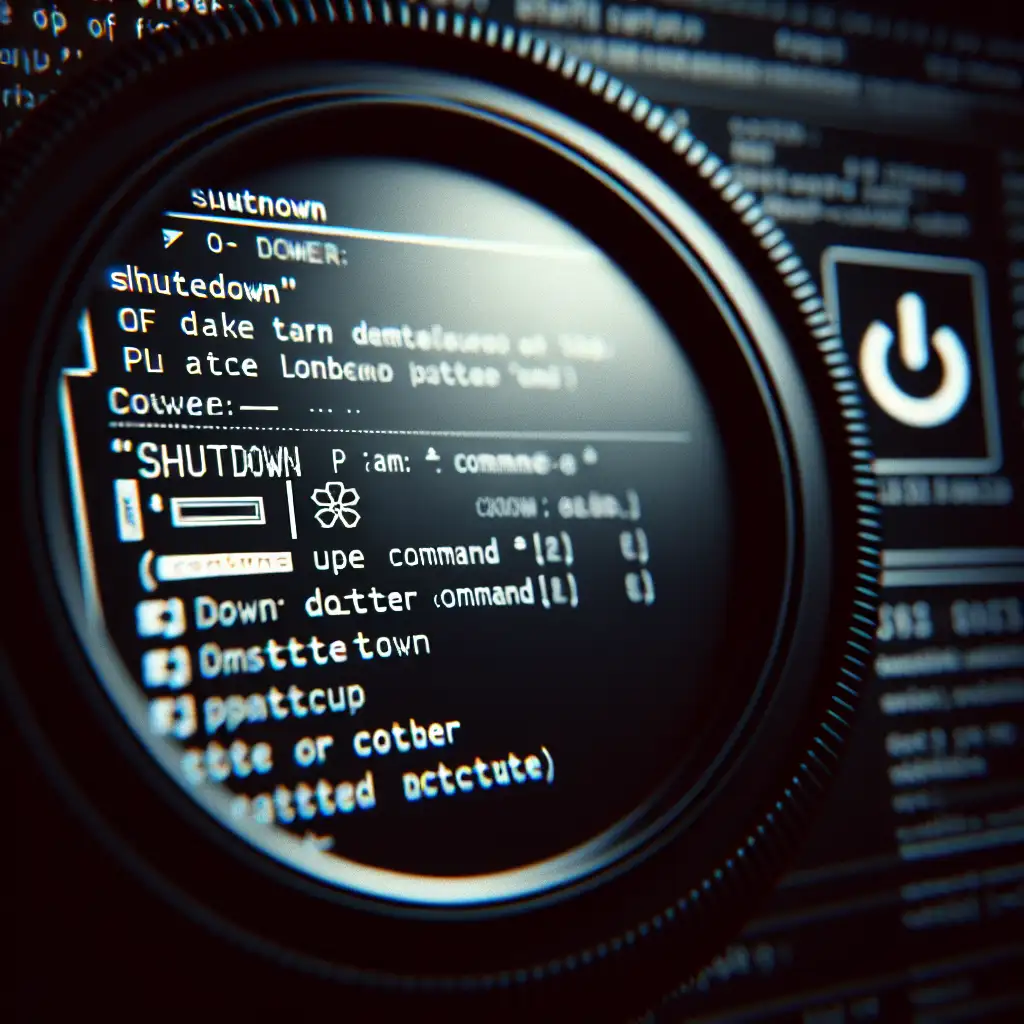Commanding Linux Shutdown: Strategic Control with shutdown
Abruptly powering off a Linux system—either via the chassis button, or a bare poweroff—risks data loss, corrupted journal entries, and interrupted services. For managed environments, especially those with multiple users or stateful workloads, the shutdown command is the standard for orchestrating clean, predictable system power-downs.
Why Prefer shutdown Over poweroff or reboot?
Key differences:
- Process signaling:
shutdownissuesSIGTERMand thenSIGKILLto all processes, affording time for graceful termination. - User notification: Connected users receive advance warning via wall messages.
- Time-controlled operations: Maintenance windows often require scheduling (e.g., automated shutdown after hours).
- Custom broadcast messages: Communicate context, especially in multi-user environments.
Gotcha: poweroff and reboot are direct—no messaging, minimal grace period. This can compromise database writes or in-memory caches not yet persisted.
Syntax Overview
General form:
sudo shutdown [OPTIONS] [TIME] [MESSAGE]
| Option | Function |
|---|---|
-h | Power off (default) |
-r | Reboot |
+m | Delay (in minutes, e.g., +15 for 15 minutes) |
hh:mm | Absolute time (24-hour format) |
now | Immediate operation |
Broadcast message follows time, if provided.
Examples From Production
Immediate shutdown (with user notification):
sudo shutdown now
Notifies logged-in users and commences system halt. Recommended before hardware maintenance (e.g., kernel upgrades on EL7/EL8).
Delayed shutdown with custom notification:
sudo shutdown +15 "System maintenance. Save work."
All terminals receive:
System maintenance. Save work. The system is going DOWN in 15 minutes!
Scheduled reboot at specific time:
sudo shutdown -r 23:30 "Scheduled reboot for nightly patching."
At 23:30, all processes are gracefully stopped, followed by a system reboot.
Cancelling a scheduled shutdown:
sudo shutdown -c
All previous shutdown plans are aborted. Users are notified:
Shutdown cancelled. System going to continue normal operation.
Deeper Control: Systemd Hooks and Custom Actions
Want to bundle pre-shutdown tasks (log archival, service notification) in an automated workflow?
Systemd Service Hook
Example: Log pre-shutdown timestamp
Create /usr/local/bin/pre_shutdown_log.sh:
#!/bin/bash
echo "$(date): Pre-shutdown" >> /var/log/pre_shutdown.log
# Insert cleanup logic here
Make executable:
sudo chmod +x /usr/local/bin/pre_shutdown_log.sh
Systemd unit file (/etc/systemd/system/pre-shutdown.service):
[Unit]
Description=Pre-shutdown Logger
DefaultDependencies=no
Before=shutdown.target
[Service]
Type=oneshot
ExecStart=/usr/local/bin/pre_shutdown_log.sh
[Install]
WantedBy=shutdown.target
Activate:
sudo systemctl enable pre-shutdown.service
Note: This hook runs regardless of whether shutdown is scheduled manually, by Gnome, or by another systemd unit. On older init systems, use /etc/rc0.d/ symlinks—though mapping there is increasingly rare in modern distributions.
Under the Hood: Signals and Journal Entries
The shutdown sequence typically logs:
systemd-logind[1051]: System is powering down.
systemd[1]: Reached target Shutdown.
Journaling the event is critical for post-mortem analysis. If abrupt, entries may be missing or incomplete, complicating diagnosis.
Edge Case
If running on a virtualized environment (e.g., under VMware or QEMU/KVM with ACPI events), guest tools may intercept a hardware poweroff signal and gracefully call shutdown internally—provided they're installed and running. If missing, abrupt halts result.
Practical Considerations
- Prefer
shutdownfor all automated maintenance within CI/CD pipelines or Ansible playbooks involving power cycle. - For headless servers exposed via SSH, the broadcast message ensures any open sessions aren’t left in the dark.
- If running containers (e.g., Docker Engine <v20.10.0), ensure shutdown timeouts (
--shutdown-timeout) are respected to allow containers to exit cleanly.
Trade-off: Immediate commands (reboot, poweroff) have their place—when the system is hung and shutdown is unresponsive, or during recovery from kernel panics. In such events, data integrity may already be compromised.
Recap
- Use
shutdownfor any planned system downtime, not just out of habit but to safeguard services and users. - Scheduling, messaging, and user/process signaling are its main advantages over
powerofforreboot. - Integrate with systemd for custom logic during the shutdown phase.
- Known quirk: Some cloud providers override OS shutdown via their own control plane; always test in your deployment.
Non-obvious tip: On Debian-based systems, shutdown -P now ensures physical power-off (vs. halt-only)—useful for older rackmount hardware with quirky BIOS implementations.
Try scheduling a reboot with notification during your next maintenance window—then tail /var/log/messages to observe the controlled sequence.
If edge cases (hung processes, orphaned tmux sessions) arise, check for unit dependency cycles in systemctl list-dependencies shutdown.target.
Any atypical shutdown workflows? Experienced anomalies with modern systemd?
Share notes below.
